
This Saturday, the 15th of January, Los Angeles-based artist, Catherine Opie will be showing a series of photographs at Peder Lund Gallery in Oslo for her exhibition High School Football. She will also be giving an open lecture today, the 14th, at 15:00 pm at KHiO, Oslo National Academy of the Arts.
Nearly every American high school has a football team, if not a football field. The sport is part and parcel to the American Dream: it puts small towns on the map, invokes and organizes communities, and forms young boys into highly visible and competitive, adolescent men. On first sight, Catherine Opie’s portraits of young boys posing after practice and her action shots with iconic American landscapes in the background appear characteristically «American», addressing masculinity, national identity, and stereotypes sustained by media conglomerates such as Sports Illustrated or ESPN. But Opie’s point of entry is different. Bare in mind, in the early 90s, she made a self-portrait wearing a leather face mask, with the word «pervert» carved into her bare chest, and 46 needles were threaded into her arms. Spot on, David Velasco work in Artforum this summer: «Opie wasn’t born with PERVERT carved into her chest, she made it that way. Her work is about deep identification – not identity.» Since the mid-90s, Catherine Opie has been traveling through American cities and landscapes, taking photographs of the American psyche. From butch-dykes and transsexuals to surfers and football players, Opie continuously analyzes and makes visible the way in which one’s subjecthood is developed and defined by surrounding landscapes and one’s environment.
Catherine Opie’s photographs have been shown worldwide, from the Museum of Contemporary art in Los Angeles – where she also holds a position as professor of photography at UCLA – to the Guggenheim in New York and The Photographers’ Gallery in London – oh yes, and President Obama also has her Lake Michigan, Fall, Winter, Spring and Summer (2004-05) hanging up by his solarium in the White House.
For Catherine Opie’s upcoming exhibition at Peder Lund, Kunstkritikk had the pleasure of interviewing her over Skype with ten questions. We decided to keep the interview in the original language.
1. How are the preparations for your upcoming show at Peder Lund Gallery going?
The show is going well. I have a little model in my studio of the gallery space. I set up a scale model of the installation and then used miniature photographs to arrange them and sent the model off to the gallery, so they will know how to install the works. And if I need to tweak it, I will.
2. What do you consider the most important aspect of this exhibition or this particular work?

There are numerous things. My work always derives, in a sense, from looking at communities and how communities begin to identity with each other. When I first started this body of work it was really about the realization that every high school in American has a football field. So I wanted to look at it as an extension of an American landscape, as something that is purely identifiable as an American landscape. And then when I started to make the portraits, it really shifted from the identity of landscape to more of an identity of the iconic American football player. Is he so iconic? They don’t all look alike. They are vulnerable. And then, with America currently at war, many of these boys are choosing to join the military after high school—if there are no other choices. And I realized that I was bearing witness to a very vulnerable group of people. But you know, beyond the politics that are always innate in my work, this work is really about being able to stare at these young men, having them stand before me, and trying to make these portraits that are fairly complicated to make.
3. When, how and why did you become an artist?
[Laughs] It was really just one of those things that was meant to be. I was toying with the idea of being an elementary school teacher, a kindergarten teacher. I was actually studying for one year at a college to do that. But I have been doing photography since I was 9 years old. In high school, I had my own darkroom at home. It was my passion. But like many kids, my parents told me that it wasn’t feasible to be an artist. But in the end, I called up my mother and said, «Mom, I’m an artist and I need to go to art school, and I don’t think I am going to be happy being a kindergarten teacher.» That was after a year of studying. But I had continued to take photography classes. So she said okay. I applied to San Francisco Art Institute and I got in. After that, photography just kept being my main focus of study. And it worked out for me. And my mother and father are both very happy that it actually did!
4. How do you see your role as an artist today?
I would say that first of all my work has to pertain to my own interests and my own mind. It’s about being in touch with what inspires me, with what I want to think about, with what I want to explore in relationship to bodies of work. Secondly, I feel a definite responsibility to the politics of my own community, which is the queer community. I feel that, politically, it is really important for me to represent my community, especially in relationship to the incredible homophobia that goes on in America. Thirdly, it’s about hopefully inspiring and educating other people, whether it’s another artist or an audience looking at my work. It’s about being able to actually transport people to my ideas through the ways that I make my bodies of work.
5. How would you describe your working method?

I work hard and I work a lot. Often people in my life say, «You don’t have to do anything this year, you’ve made a lot of work, Cathy.» But I can’t not think about it! I have a pretty rigorous studio practice, and I teach, on top of being a mother. But I think my curiosity for life and my interest in describing different communities and aspects of Americana are unrelenting in my own mind. Plus, right now I am stumbling with having to re-teach myself how to keep up with the digital world. It’s interesting to really know photography backwards and forwards, but then not have mastered Photoshop or other tools that I completely need at this point. Not only for myself as an artists but for myself as an educator.
6. Can you mention current art or projects/practices that inspire you?
I was actually talking to someone about this the other day. We were thinking about which artists we like right now, what is inspiring us, and to whom are we looking for inspiration. I have to say, I kind of stick with my group of people who have inspired me throughout. I always look at what Roni Horn is making. I think she is a really interesting artist. Matthew Barney is always changing it up in ways that are incredible. And his work ethic as an artist is crazy. But it varies. You go into shows and you think that a certain artist has hit it on the head and then other times you’re like, hmm… And you just wander out. But there hasn’t been a pinnacle work that I have recently experienced that is staying with me right now. It is probably because I am so busy with my own practice! … My students are doing well; my students are inspiring me.
7. What role does theory play in your work? What theorists have inspired you lately?
It definitely played a role early on while I was going through graduate school at CalArts. It had such a theoretical program, focusing more or less on Rosalind Krauss and October. And then definitely in the late 80s and early 90s I was into queer theory and gender studies. And I would say, one thing that most people don’t know is that I studied urban planning, because it deals with space and ideas of architecture. And in my different bodies of work, like American Cities, they really relate to my interest in how things are actually built. These are pretty much the core sources that I go to for theory, but I have to say that I read all the time and I am currently very stuck on fiction. I just finished Jonathan Franzen’s Freedom, and I am starting on William Gibson’s Zero History, and I am also trying to get through David Foster Wallace’s Infinite Jest.
8. Currently, there seems to be a need to define the term «contemporary art». What is it, anyway?
I want to give you one of those quick and piffy answers like: work that is made contemporaneously is basically contemporary art. But what is happening within contemporary art is a whole other huge discussion. It is very interesting to watch people maintain their respective mediums, while at the same time everyone is trying to explode beyond those definitions. For the most part, people are no longer comfortable being medium-specific. That would be my largest comment on contemporary art. You know, how people are trying to make work and expand the definition of art, as is always done in art. But I would have to say that the Internet plays such a major role in the exchange of ideas right now. That’s fairly fascinating…Every young artist has a Website.
9. How can visual artists make a living and still maintain a critical attitude towards the commercial art market and governmental funding bodies?
Governmental funding bodies don’t really exist. We don’t really have the possibility of living on grants in order to make our work because there really isn’t any funding for artists on a governmental level. It only goes to institutions. There are no individual artist grants anymore from the National Endowment for the Arts. So on a commercial level, to be honest, I think it’s tricky. If some artists have the good fortune of selling out a show then they’re less likely, because of the market, to make a shift in their work. I think you have to be able to really almost ignore the market, even though this is really hard to do, as it obviously provides you with an income if things are actually selling. But you need to make work out of a relationship with your own practice, on an individual level, instead of in relationship to the market. And I think artists – especially young artists – have a hard time separating this. I came out of a generation where we never attempted to get a gallery. I really thought that I would get my master’s degree, make photographs and teach. I never really had any kind of vision or notion of what this greater art market was. For a photographer graduating in 1988 with a master’s degree, you know, we didn’t really think of the money that Cindy Sherman or Richard Prince were making. We weren’t thinking of money; we were thinking about our work. I think I was fortunate to come out of a generation of artists who really thought about their work.
10. What would you change in the world of art?
More women artists need to be represented. That is what I would change in the world of art. That there would be more chances for women artists. It is really hard to see my friends, who are older women, who are amazing artists, not get the proper time to show their work. It ends up always being so focused on a young generation. But we all know that being an artist is about perseverance and about a studio practice. It’s about the ability to make work year after year without actually necessarily exhibiting. I would really like to see older artists, and women in particular, a little more focused on.
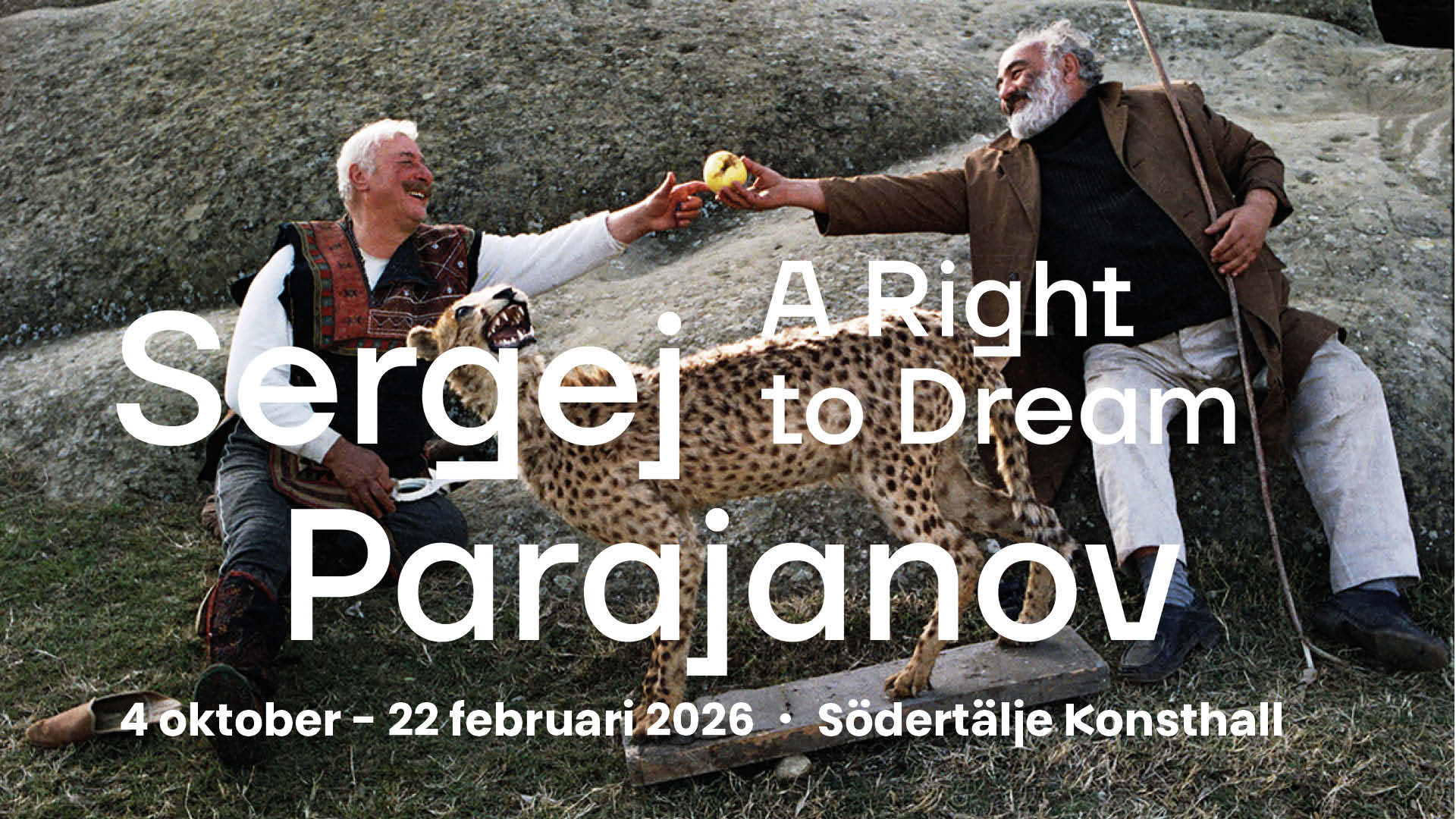
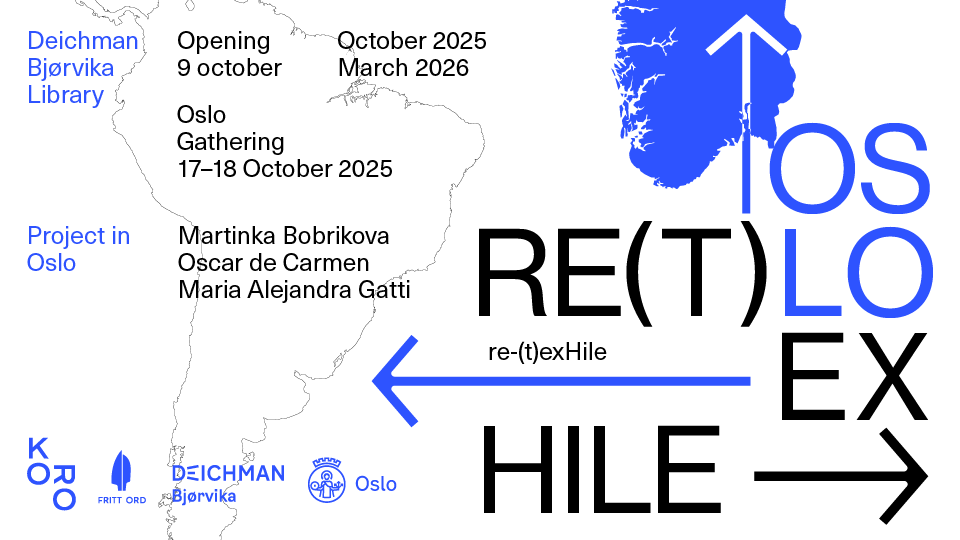
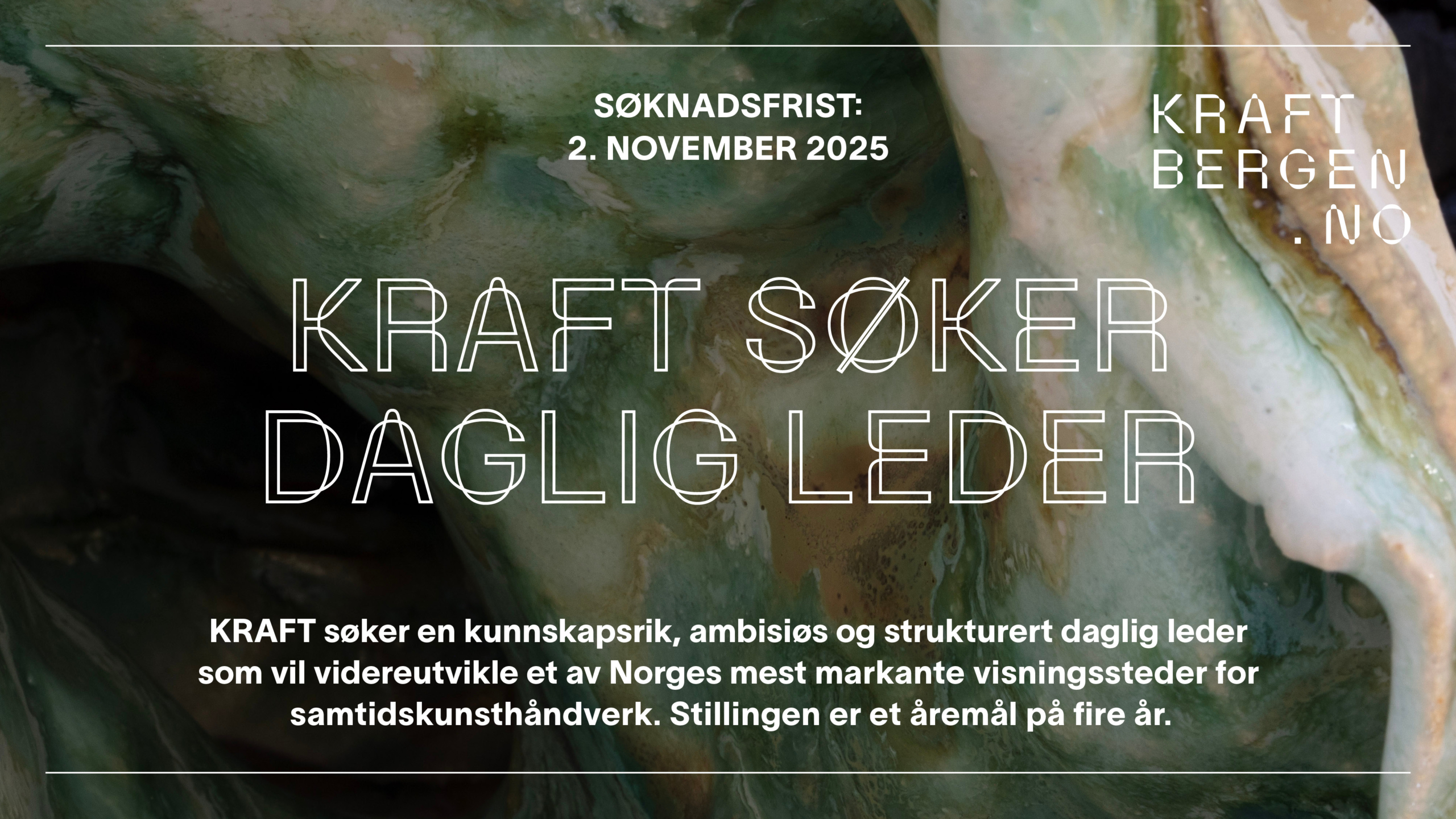
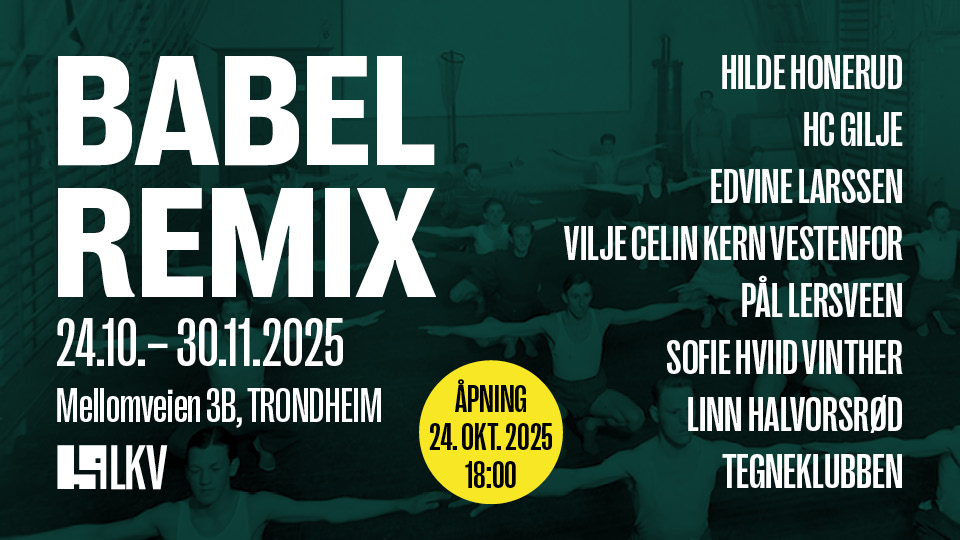
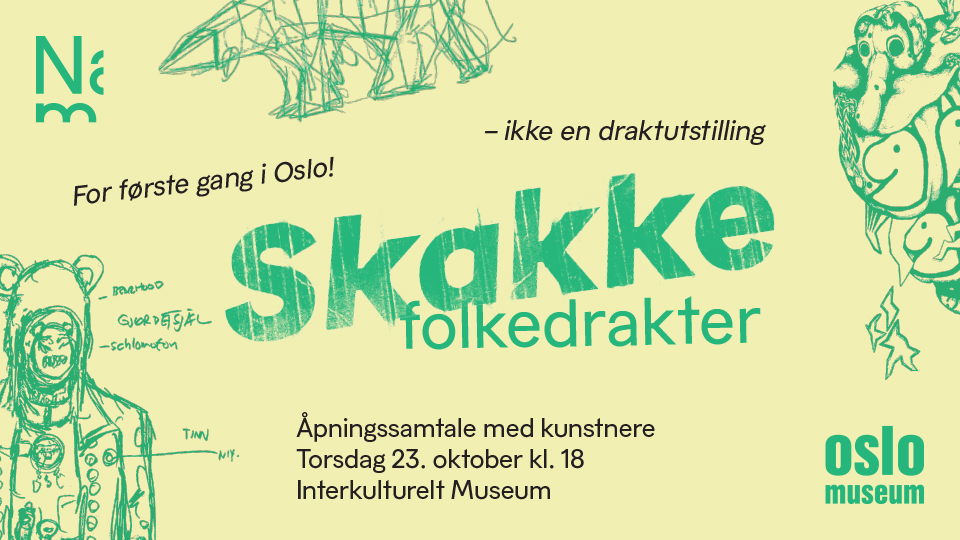
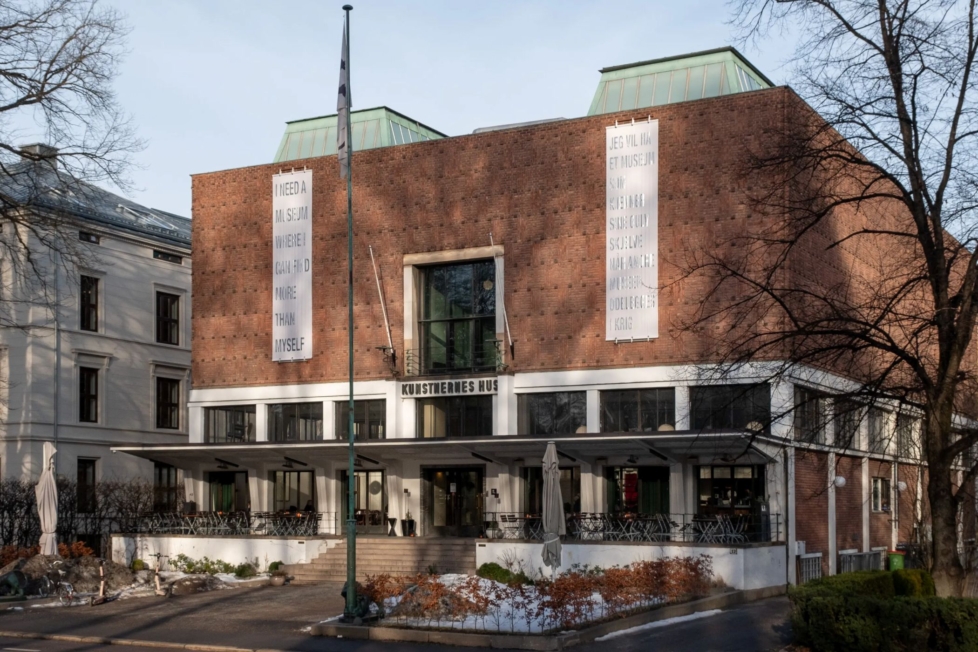
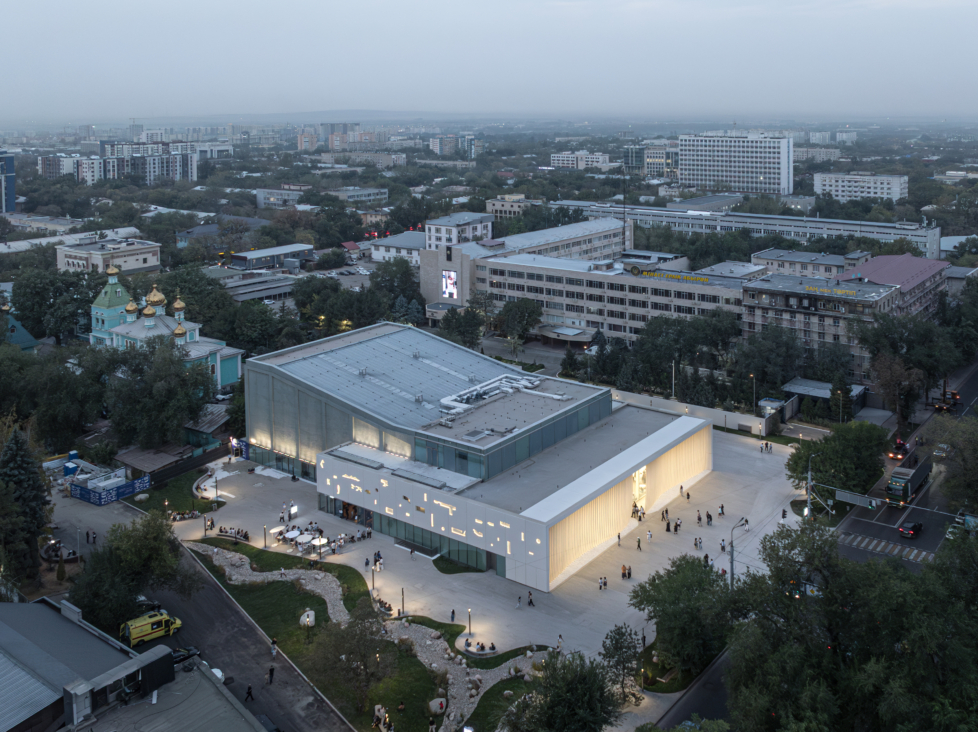
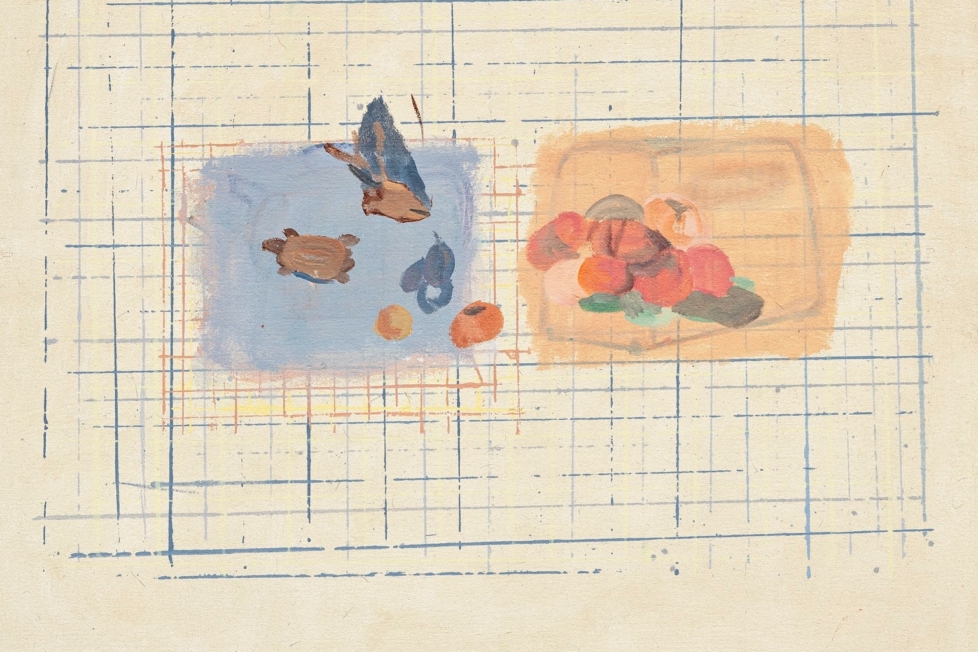
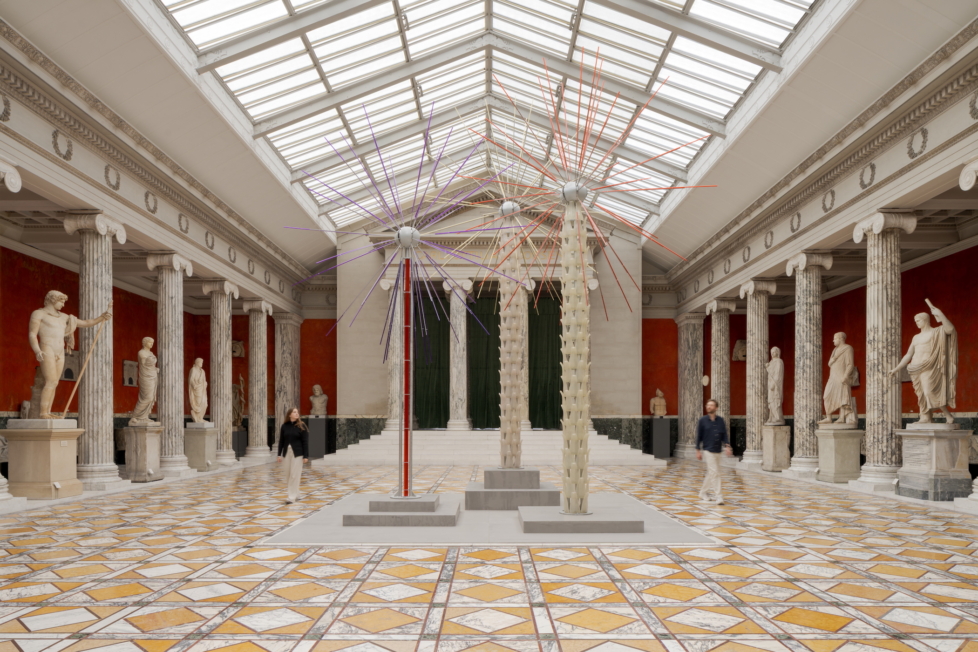
Leserinnlegg